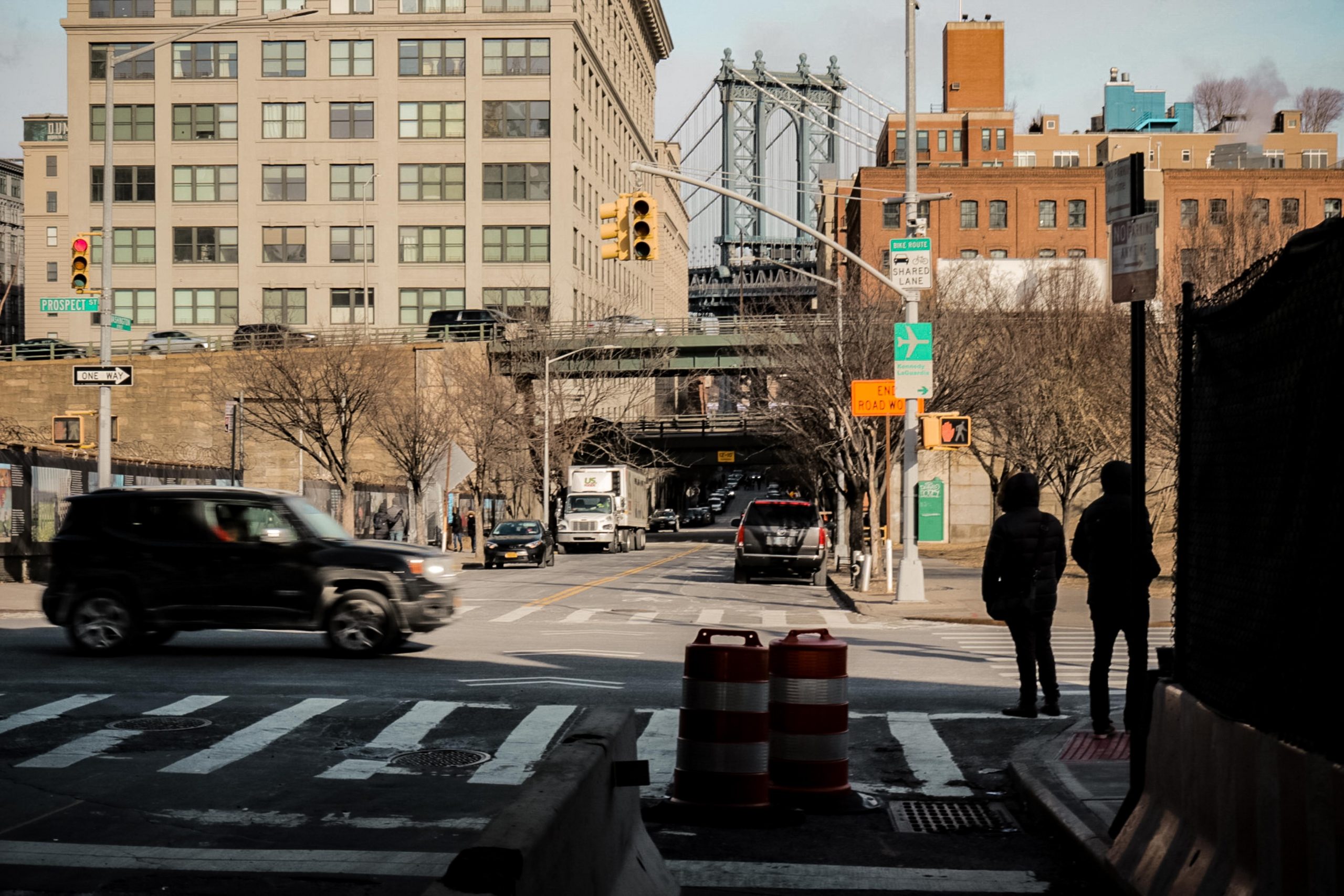Redlining is a practice perpetuated by governments or corporations that systematically denies services to communities of color by placing these services out of reach. This practice has occurred on a wide scale in the United States and is one of the major factors that has contributed to income inequality and modern forms of segregation, especially in Black communities.
Encylopedia Britannica explains the many ways in which redlining can occur, defining it as an “illegal discriminatory practice in which a mortgage lender denies loans or an insurance provider restricts services to certain areas of a community, often because of the racial characteristics of the applicant’s neighborhood. Redlining practices also include unfair and abusive loan terms for borrowers, outright deception, and penalties for prepaying loans.”
Areas that were predominantly Black were systematically discriminated against using each of these methods, and preference was given to whiter, and often wealthier, citizens. NPR found that Richard Rothenstein’s book “The Color of Law” explained that “the Federal Housing Administration, which was established in 1934, furthered the segregation efforts by refusing to insure mortgages in and near African-American neighborhoods — a policy known as ‘redlining.’ At the same time, the FHA was subsidizing builders who were mass-producing entire subdivisions for whites — with the requirement that none of the homes be sold to African-Americans.”
Lasting Consequences
The New York Times examined the racial differences among neighborhoods rated by the FHA. They found data from 149 cities mapped by the Home Owners’ Loan Corporation in the 1930s and found that as of 2010, D-rated neighborhoods are 38% Black, compared to 30% for C-rated neighborhoods, 19% for B-rated neighborhoods and 12% for A-rated neighborhoods. These disparities have only grown since the initial ratings of the 1930s, which placed approximately 16% of Black people into D-rated neighborhoods. Clearly, the consequences of the initial ratings have only grown over time.
Housing policy is especially consequential in that it shapes the areas around people. Businesses often choose their location based on the value of surrounding homes, believing that wealthier communities will be more profitable. One of the modern consequences of this is that Black communities still struggle because of a lack of access to resources and opportunity. When businesses avoid low-income Black communities, these communities are denied access to jobs as well as access to resources.
The New York Law School’s racial justice piece titled “Unshared Bounty: How Structural Racism Contributes to the Creation and Persistence of Food Deserts” found that “23.5 million people in the U.S. live in low-income neighborhoods located more than 1 mile from a supermarket. African Americans are half as likely to have access to chain supermarkets and Hispanics are a third less likely to have access to chain supermarkets.” Food deserts exist in areas that do not have access to healthy food, and these deserts are more likely to exist in minority, low-income neighborhoods — and this is partly due to redlining. Access to healthy food is a crucial contributor to quality of life, and yet another area that minority neighborhoods are structurally oppressed.
Ally.com cites that “A Redfin study found that, over the last 40 years, a typical homeowner in a previously redlined neighborhood has gained 52 percent less in property value increase than a typical homeowner in a neighborhood that was not historically redlined.” Property value is consequential in the moment but also has a compounding effect over time. Those who have higher property values are able to invest more into the economy and into their children, allowing them to get farther ahead generation after generation; those who had disproportionately high property values decades ago were able to create a better standard of living for their next of kin.
Oftentimes, when low-income Black communities gain access to resources like healthy food, they are gentrified rather than transformed into a community that is able to provide for Black residents. Gentrification occurs when “desirable” areas are invested in, causing property values to rise. After property values rise, the low-income residents become unable to afford to live in the area, and either move or must spend more of their income on housing. This leads to scenarios in which the introduction of resources to Black communities leads to them becoming white communities.
Possible Solutions
Gentrification is not necessarily the fault of those who are moving to these communities, but there are methods that could allow Black residents to maintain their space when resources and well-paying jobs are introduced to the area. Oftentimes, Black residents are pushed out because they have comparatively lower rates of homeownership, and often rent their living spaces. Providing these residents an opportunity to buy their residences before the values rise or protecting long-time residents from tax increases would allow neighborhoods to prosper without pushing out low-income residents.
Reparations are another opportunity to help Black communities. Generations of slavery and systemic oppression have left Black people in a worse starting place than their white counterparts, and many argue Black Americans deserve compensation for this. Brookings presents the argument that reparations are not foreign to the United States, as the government has provided reparations to those placed in internment camps during World War II, as well as for the ancestors of Indigenous Americans who were forced from their land. Reparations would be a direct investment into Black Americans that could help level the playing field.
There are many other ways that the United States could address the consequences of systemic racial injustices as well as redlining — these are just a few. Ending the war on drugs, ending mass incarceration and ending the over-policing of Black communities would also be great leaps. Redlining was a form of institutionalized segregation that further placed Black communities in poor conditions. The consequences of redlining are extreme and deserve overwhelming political and financial attention.

















